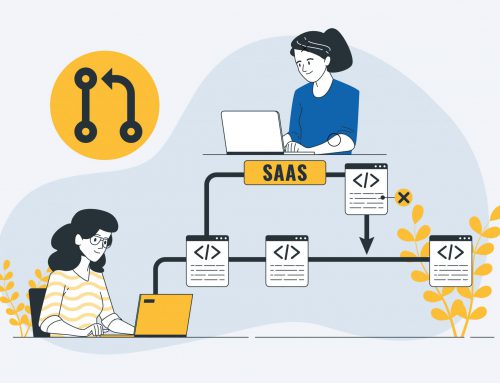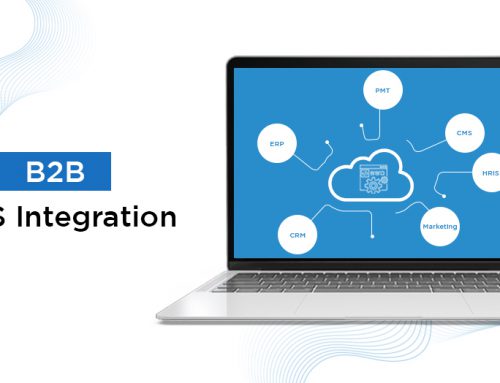Table of Contents
Cutting corners on QA is not only a bad idea but also a potentially catastrophic one!
The evidence lies in the recent report that confirms businesses losing $2.41 trillion due to system downtime, decreased productivity, and customer churn. All these factors are methodologically fostered by skipping QA for any software development. Not just that, the consequences of skipping QA can be far-reaching, from the loss of revenue to damaging the reputation and customer trust.
So, if in any case, you think that skipping QA in software development is a viable option, read on to discover why it is a risky practice.
Immediate Cost of Skipping QA
Releasing buggy software into production is a bit like jumping out of an airplane without checking your parachute first. You might make it out alive, but the chances of it going wrong are high, and the consequences can be tragic.
Fixing bugs in production can be an expensive and frustrating experience, particularly if it results in emergency hotfixes and downtime. This can lead to a decrease in productivity, damage to customer relationships, and a significant loss of revenue.
For instance, an eCommerce site that faces a bug in the checkout process can frustrate potential buyers. This situation can stretch to a point where it becomes necessary to halt all transactions, causing downtime for the website. Here adds up the extra cost of fixing the bug, including the loss of revenue from the downtime.
These dangers are not just theoretical. Windows ME is the benchmark for buggy and poorly tested software. This buggy software caused the windows operating system to frequently generate errors of Blue Screen of Death. This not only wasted the time and money invested in developing Windows ME but also badly knocked down the reputation of the company.
Businesses can avoid these risks and ensure the reliability, and security of their software by prioritizing QA in their software development process.

Long-term Cost of Skipping QA
The potential damage to a business’s reputation and customer trust can be devastating and difficult to recover from. This is one major long-term cost a business pays when it glosses over QA in the software development process.
Customers are often the primary sufferer when buggy software is released after production. They may encounter errors or glitches that prevent them from using the software as intended, leading to frustration and lost sales. In some cases, customers may even decide to abandon a company’s product or service altogether, leading to customer churn.
Negative reviews can also be a costly consequence of releasing untested software. A study reports, 88% of consumers trust online reviews as much as personal recommendations, where a single negative review can cost 30 potential consumers!
Fallout 76 is one such example that portrays the long-term consequences of buggy software brought out by video game developer Bethesda. The released game was riddled with bugs and technical issues, leading to negative reviews and a significant drop in sales. The gamer’s reputation never fully recovered, and Bethesda suffered a consequential loss of revenue.
 Opportunity Costs of Skipping QA
Opportunity Costs of Skipping QA
In today’s fast-paced business environment, being first to market is critical. When QA is skipped by a business, development can be slowed down and time-to-market can be delayed. And the delayed software releases lead to missed opportunities and lost revenue. Not only that, businesses risk losing their competitive edge as consumers turn to competitors who are able to deliver a better product more quickly.
We know the tough competition given by Apple to Microsoft. The latter released Windows Vista, which was plagued with bugs and performance issues. Because the bug-free release was delayed by several years, the company lost market share to competitors as a result. Apple seized this opportunity and released its own operating system, OS X, which was seen as a more stable and reliable alternative to Windows.
It was also seen with the highly anticipated game Pokemon Go by Niantic which had a plethora of bugs and server crashes when launched. This resulted in the spawning of negative reviews and a loss of player interest. As a consequence, the company missed out on potential revenue and the opportunity to establish itself as a leader in the mobile gaming industry.
The type of testing that is often used during the stages of software development is smoke testing and sanity testing. However, some people use them interchangeably. Let’s know about it more.
Are Smoke Testing and Sanity Testing the Same?
Well, there are some differences that separate both.
Smoke testing is also known as build verification testing. It is used to quickly identify major issues with a software build before diving deeper into more comprehensive testing. Smoke testing is usually done after a new build has been compiled, and it involves a quick and simple check to ensure that the basic features of the application are working as expected.
Sanity testing, on the other hand, is the test done when the build has passed the smoke test and is deemed stable enough for more comprehensive testing. It is a more focused type of testing that typically covers a specific area of the application or a set of features. Sanity testing includes testing the effect of newly added features on the existing functionality.
| Smoke Testing | Sanity Testing | |
|---|---|---|
| Purpose | Identify major issues with a build | Identify whether the new changes impact negatively the existing functionality |
| Scope | Quick and simple check for the basic features | Focused testing covering a specific area or set of features |
| Timing | Done immediately after the new build has been compiled | Done after the build has passed the smoke test |
| Key features tested | Generalized for many features (User interface, Login functionality, Navigation, Button clicks, Scrolling) | A specific set of features are tested in detail |
Concluding Remarks
Ultimately, an ounce of prevention can be worth a pound of cure. From the risk and consequences of releasing untested or poorly tested software to the long-term costs of lost customer trust and negative reviews, there are many factors to consider when weighing the importance of QA in the software development process. To avoid these hidden costs, businesses should prioritize investing in effective quality analysis to ensure a high-quality product that meets customer expectations, reduces the risk of bugs & security vulnerabilities, and delivers a competitive edge in the market.
Are you willing to uphold an effective quality analysis of your software? Connect with the QA experts at Ace Infoway today!
Ace Infoway being in the software development arena for more than two decades has an experienced expert team to help you develop and test your software to make it market ready. Let us help you save your precious money!

























